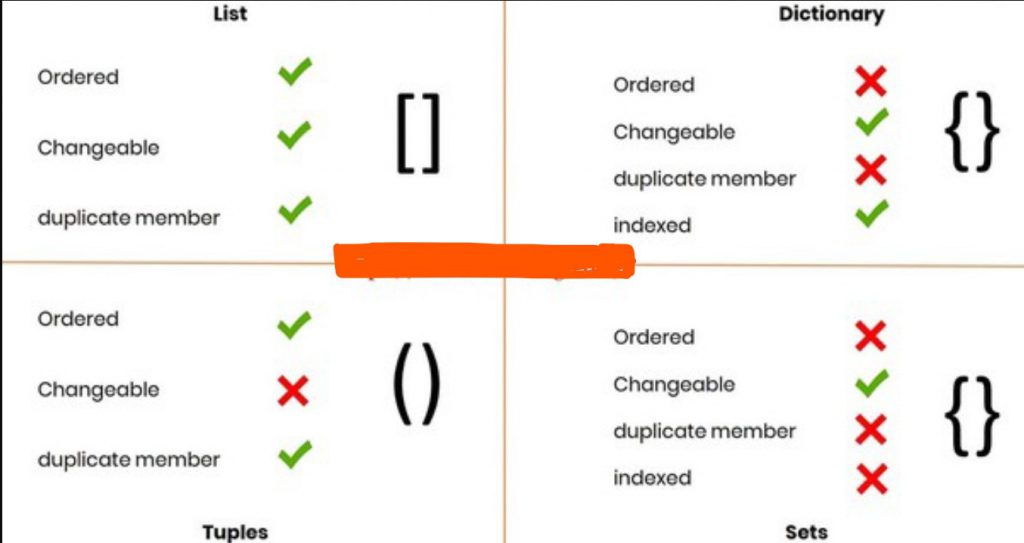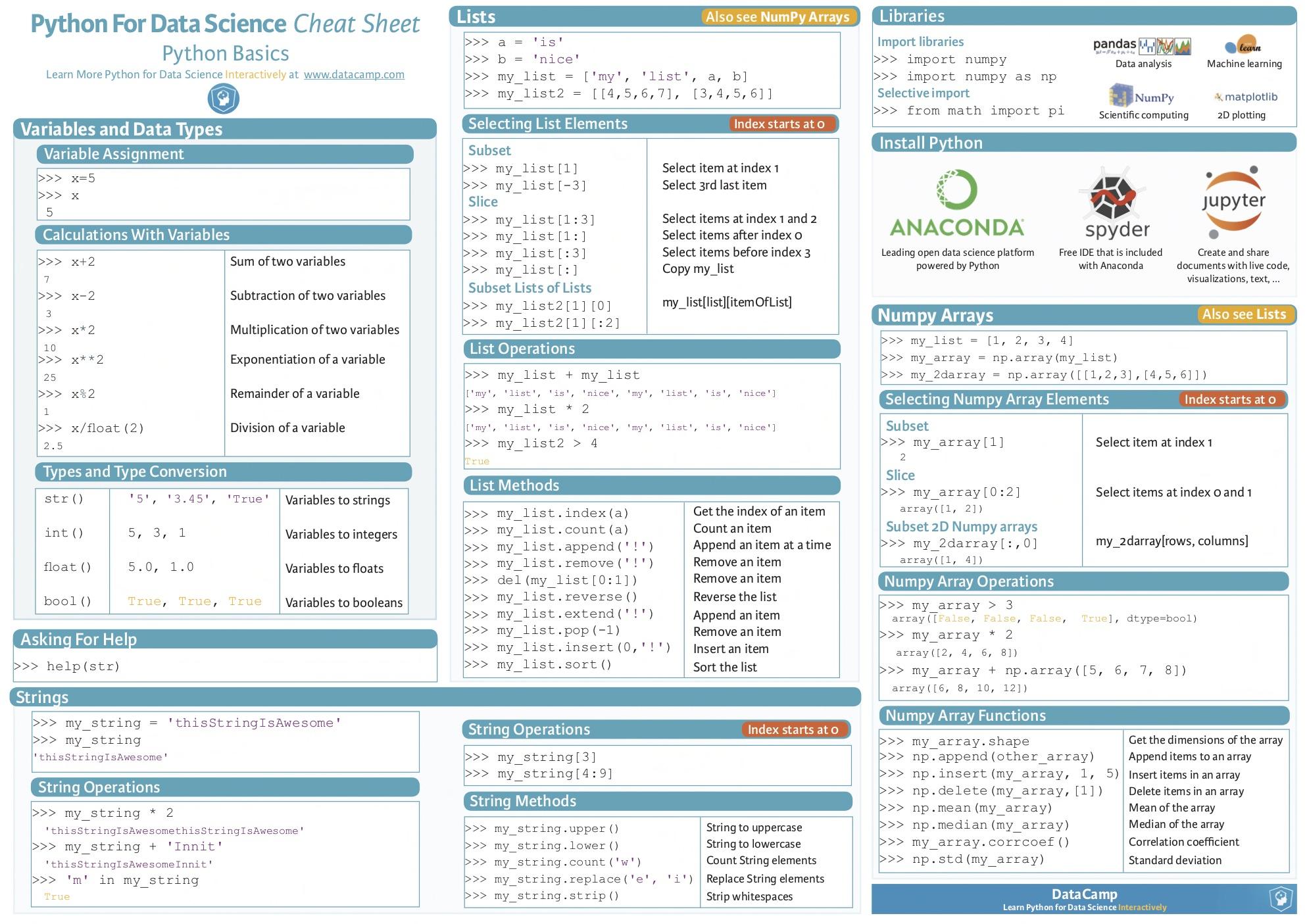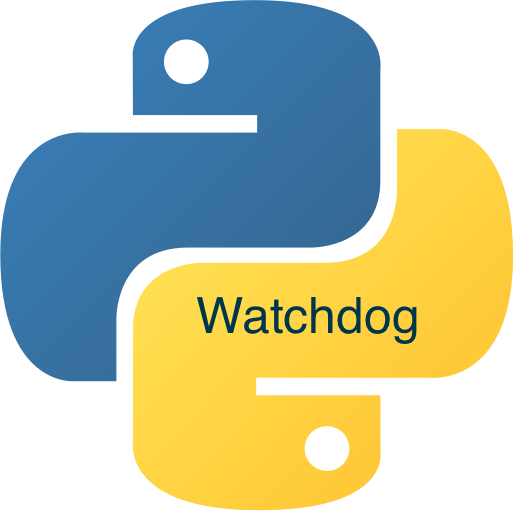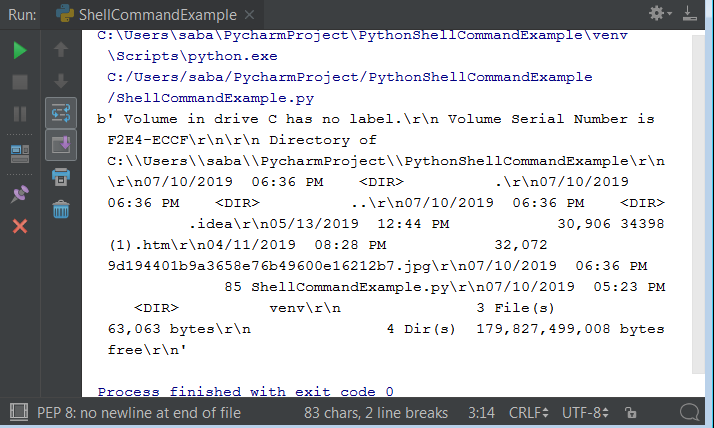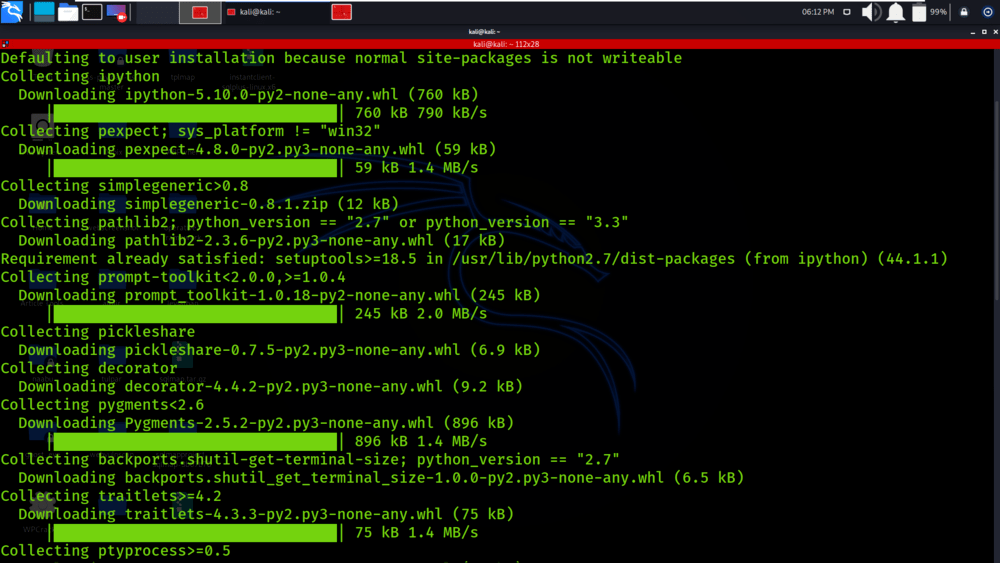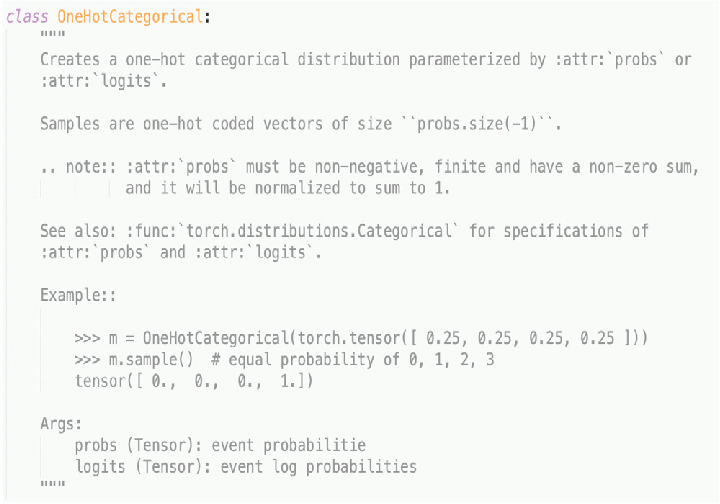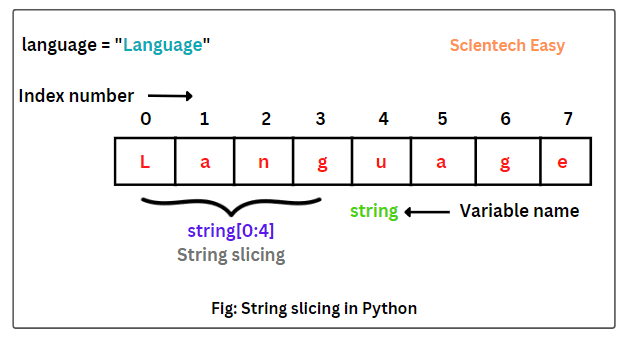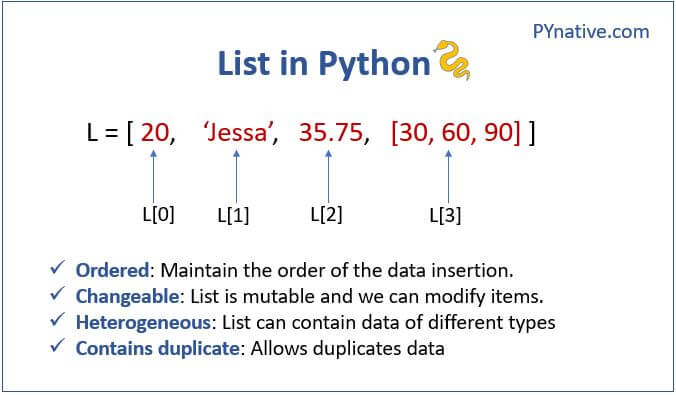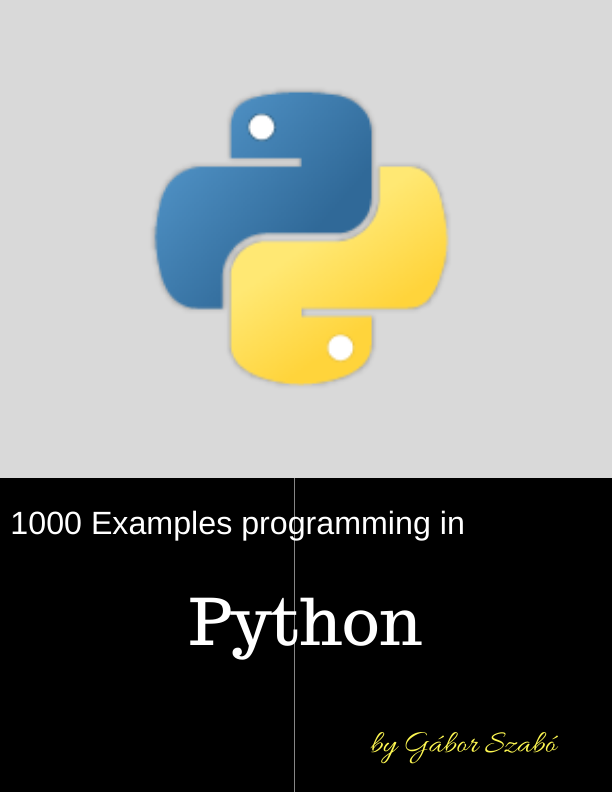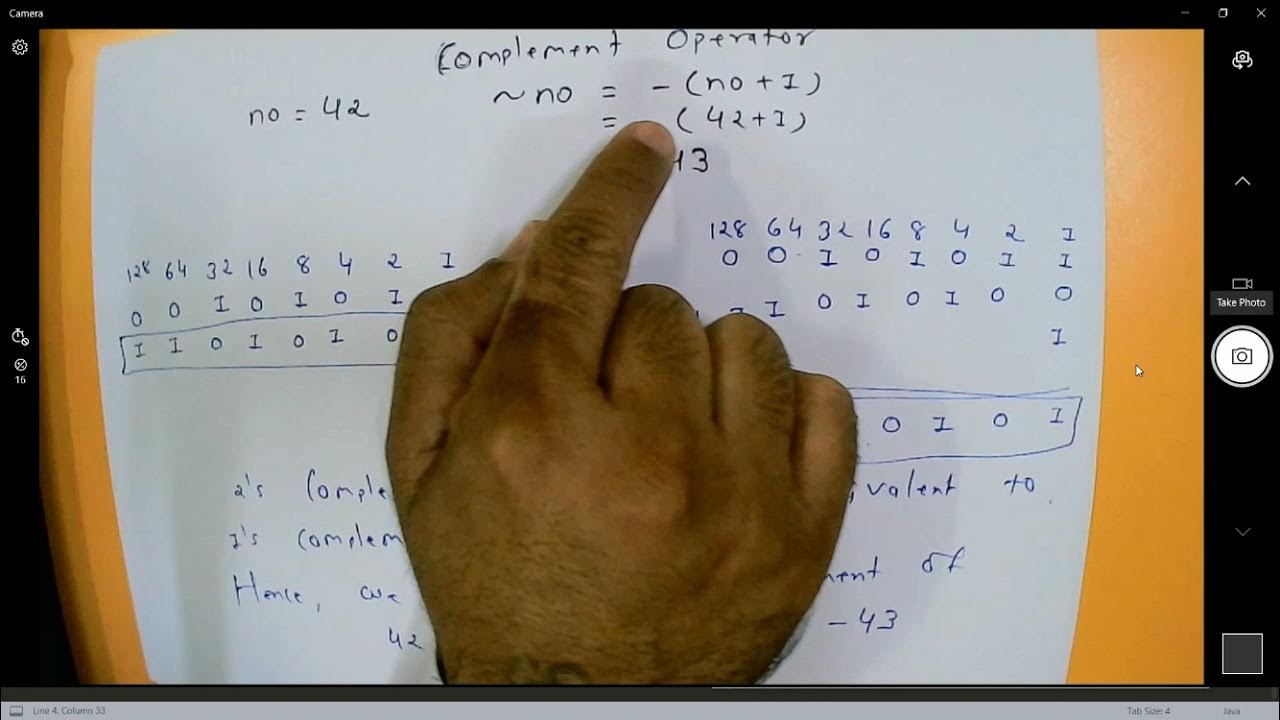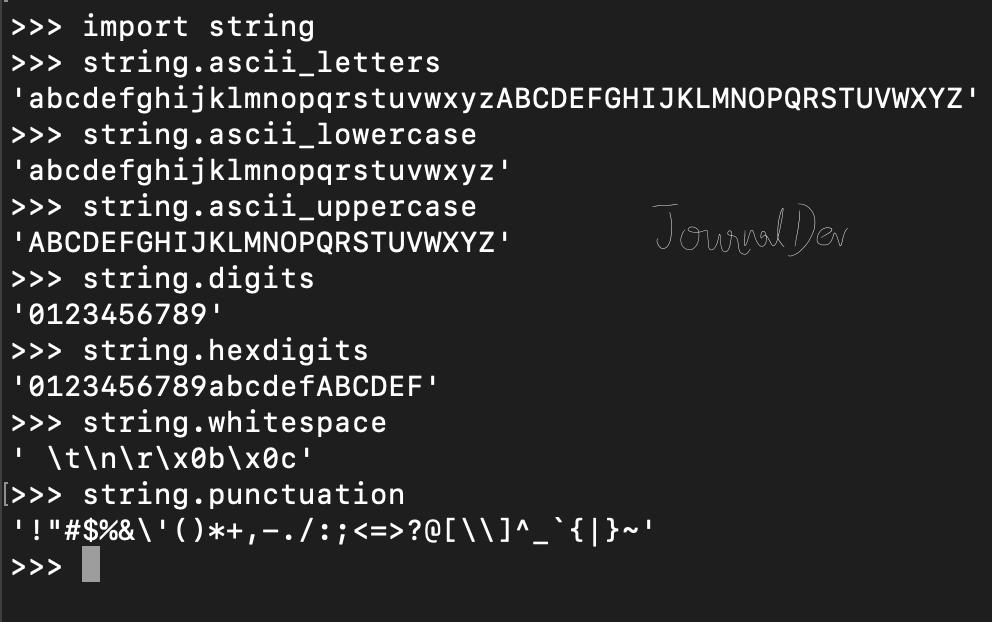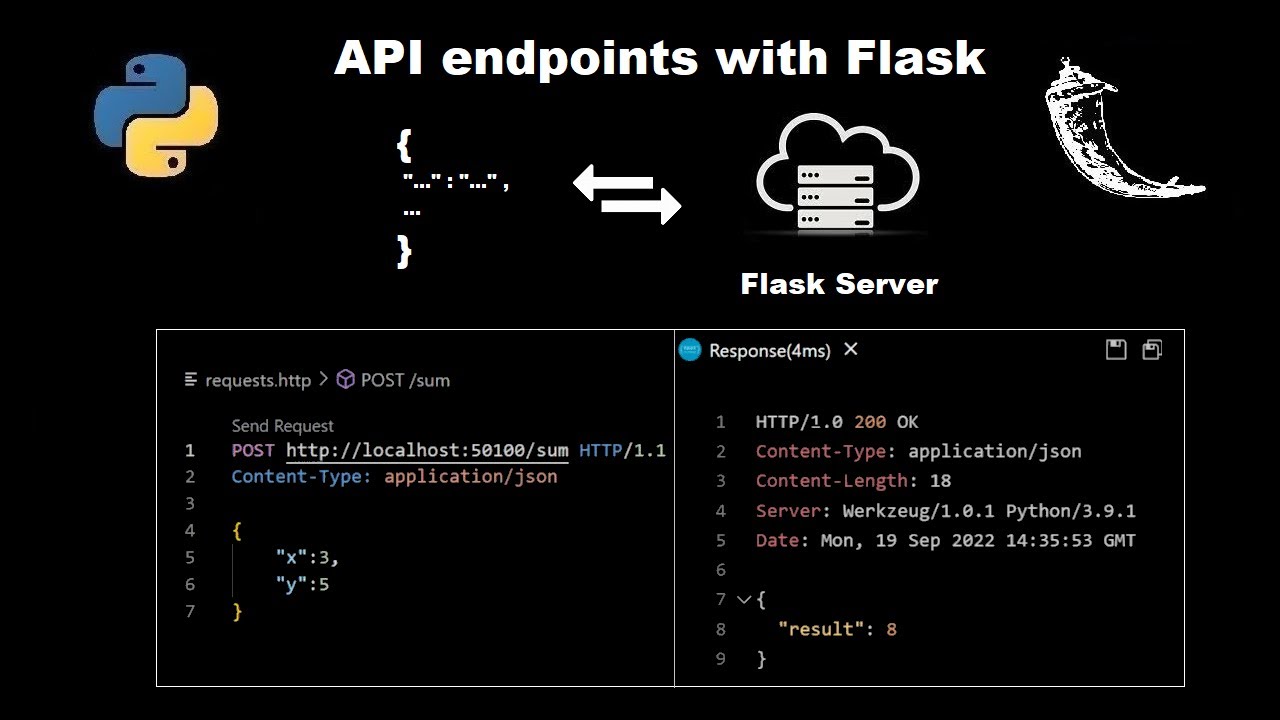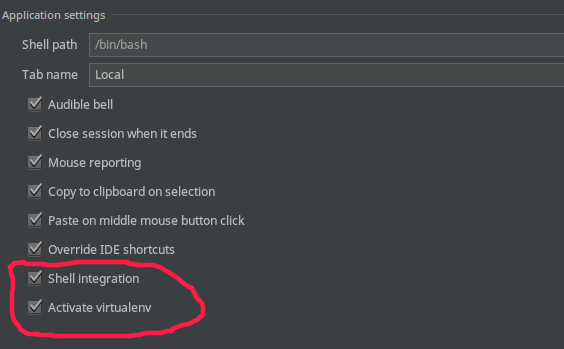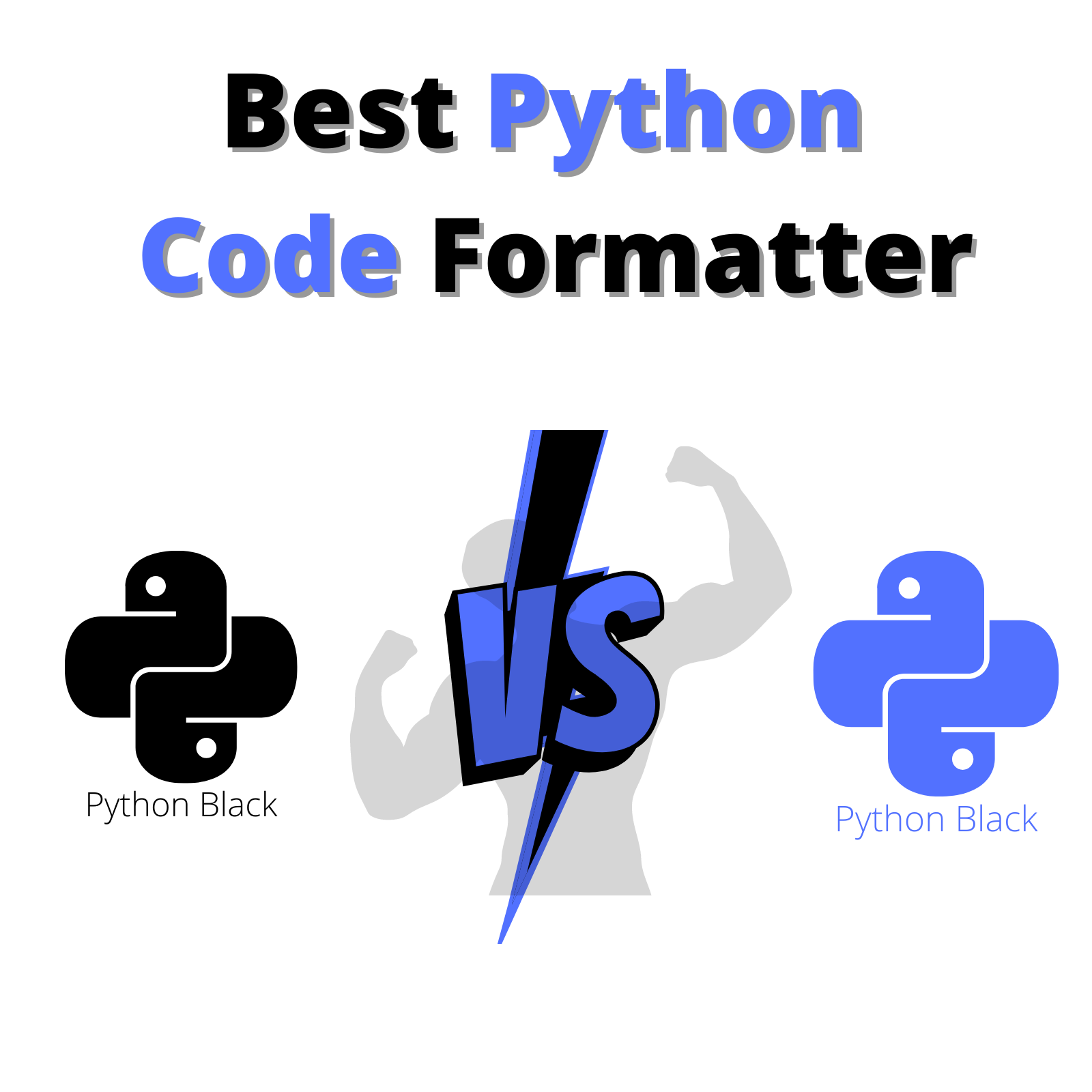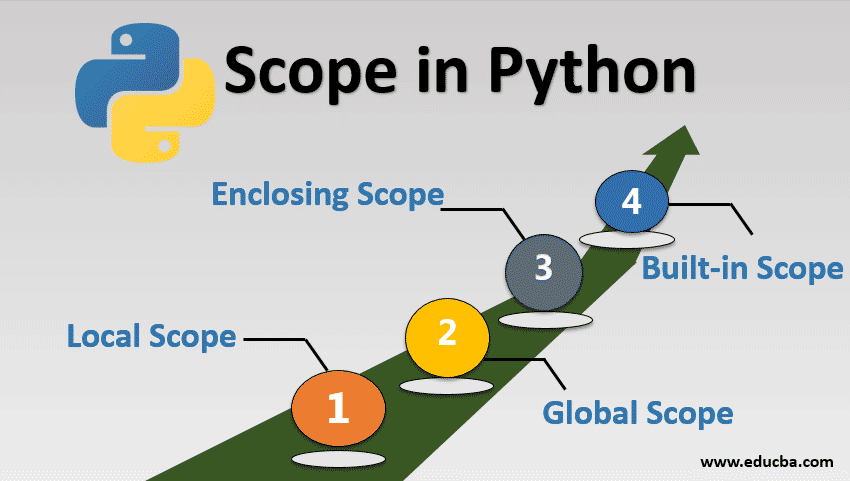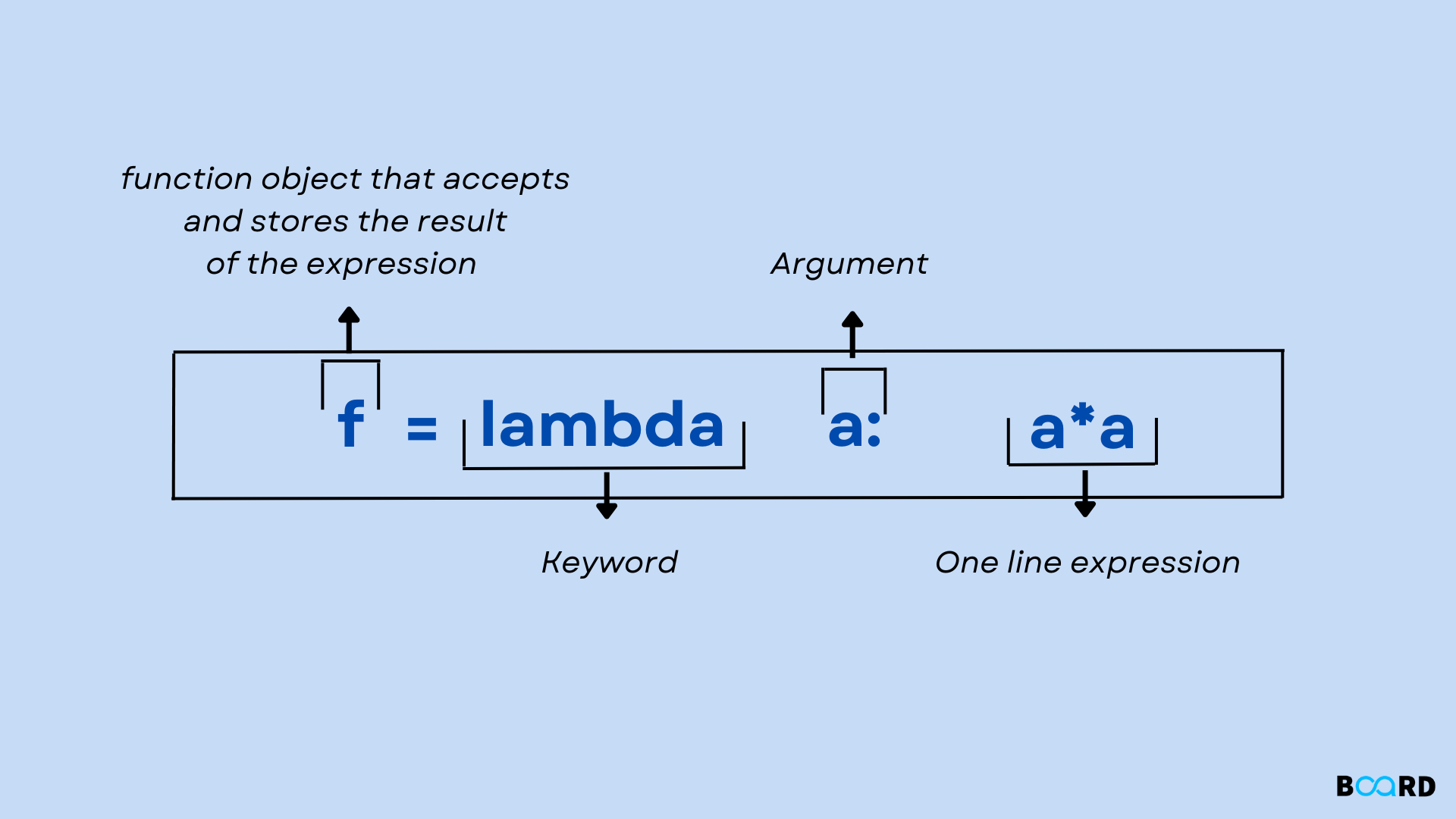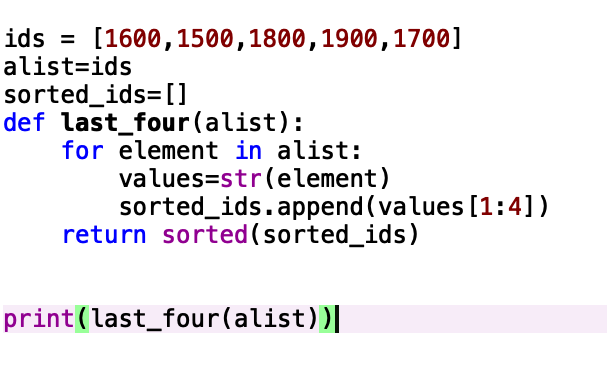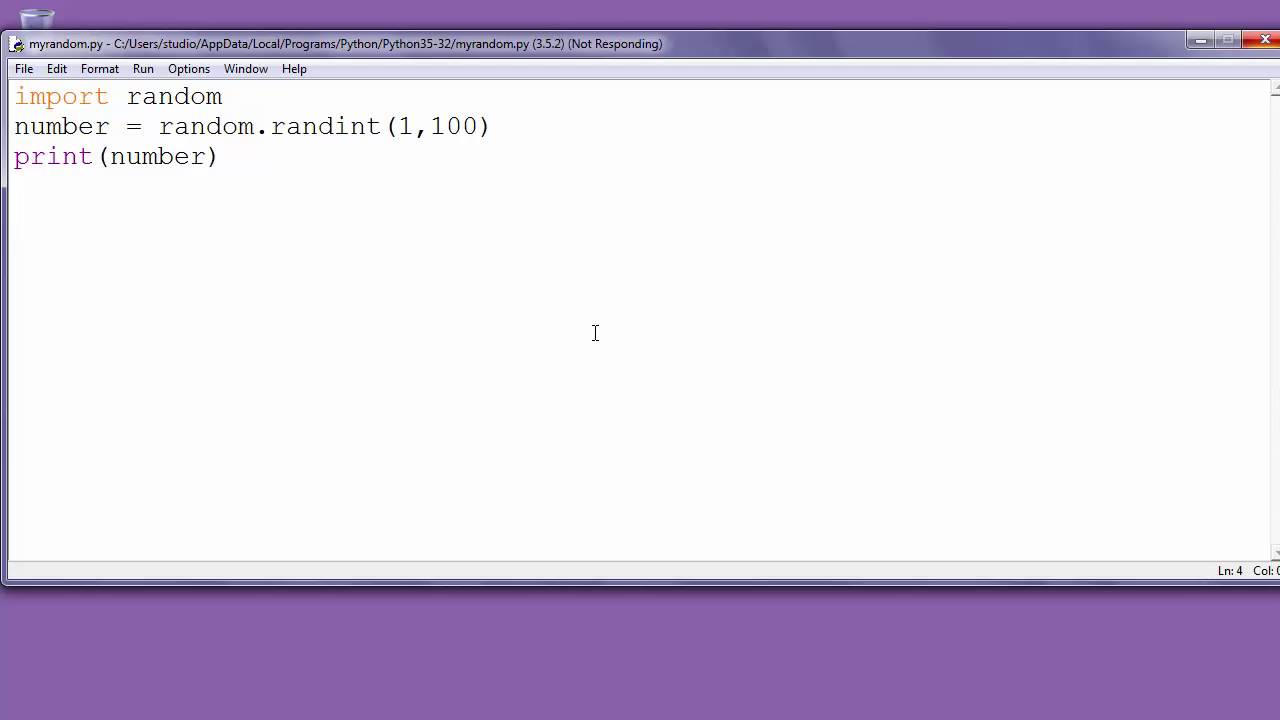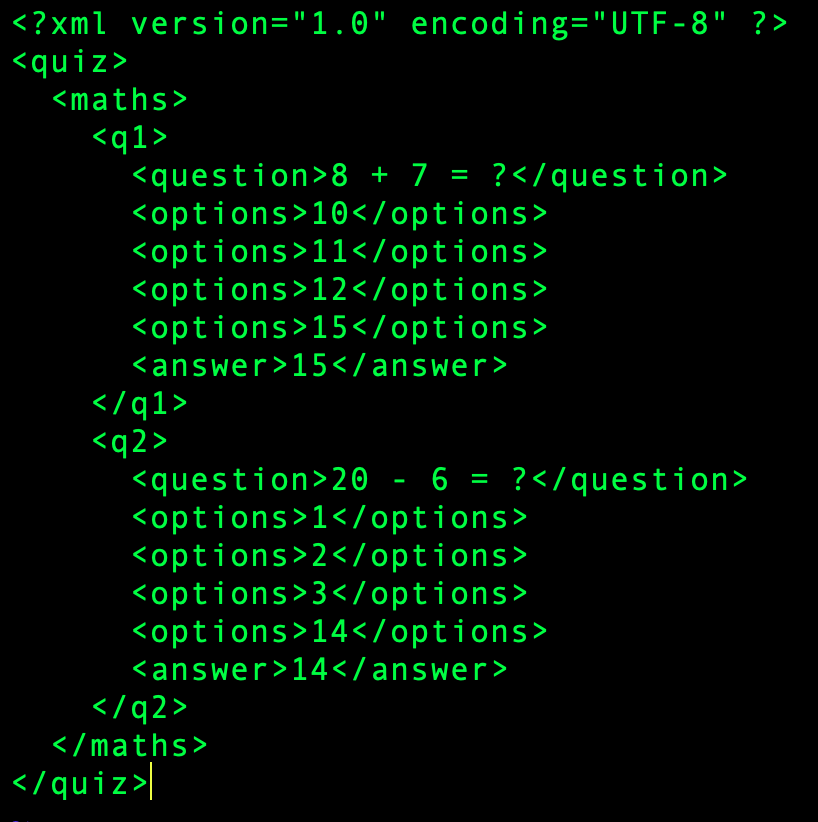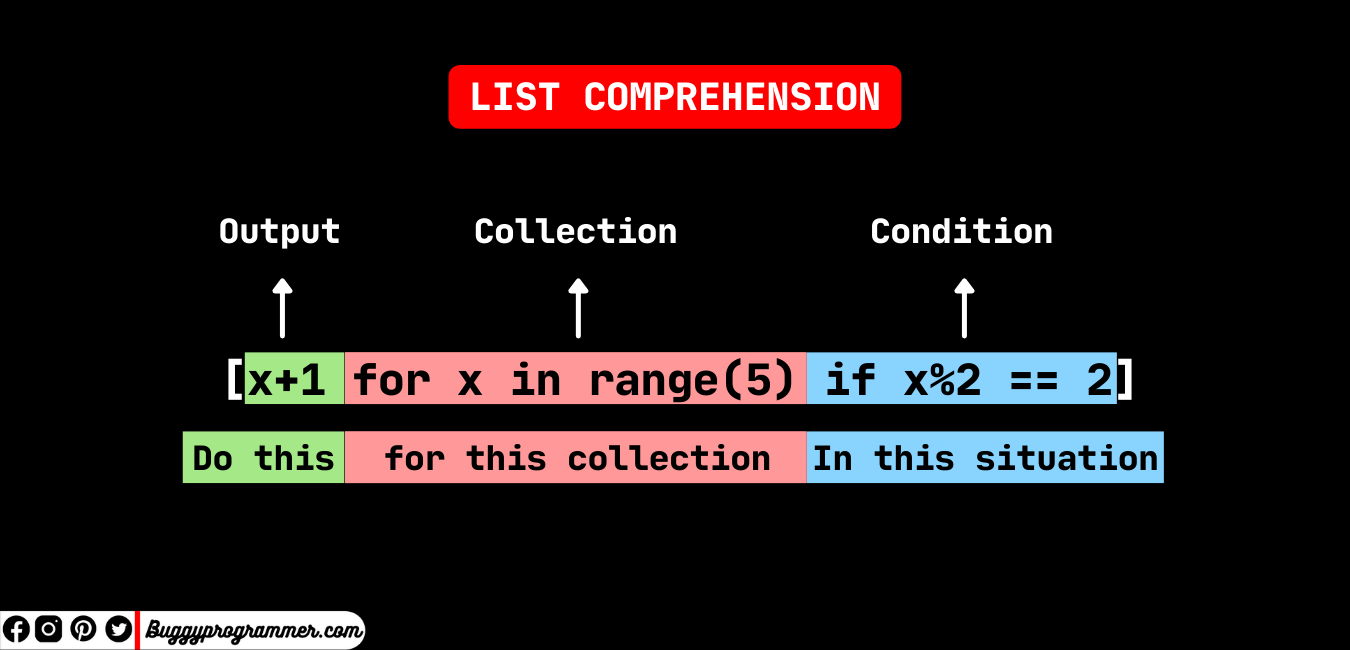Does Python support parallel programming?
Does Python support parallel programming?

Python supports parallel programming through various libraries and frameworks that enable developers to take advantage of multiple CPU cores, GPUs, or distributed computing resources. Here are some ways to achieve parallelism in Python:
Multi-processing (multiprocessing): Python's multiprocessing module allows you to create multiple processes that can run concurrently, sharing memory space through a Manager process. This is useful for I/O-bound tasks, such as data processing or web scraping.Example:
Multi-threading (threading): Python's threading module enables you to create multiple threads that can run concurrently within the same process. This is suitable for CPU-bound tasks, such as scientific simulations or data analysis.from multiprocessing import Pooldef worker(x):
return x * x
if name == 'main':
pool = Pool(processes=4)
result = pool.map(worker, [1, 2, 3, 4])
print(result) # Output: [1, 4, 9, 16]
Example:
Concurrent.futures: This library provides a high-level interface for parallelism, allowing you to execute tasks asynchronously using threads or processes.import threadingdef worker():
print("Thread started")
for i in range(5):
print(f"Thread {i}")
threads = []
for i in range(4):
t = threading.Thread(target=worker)
threads.append(t)
t.start()
for t in threads:
t.join()
Example:
Distributed computing: Python has several libraries and frameworks for distributed computing, such as: Dask: A flexible parallel computing library that allows you to scale up your computations. Ray: A high-performance distributed computing framework that can run tasks on multiple machines.import concurrent.futuresdef worker(x):
return x * x
with concurrent.futures.ProcessPoolExecutor() as executor:
results = list(executor.map(worker, [1, 2, 3, 4]))
print(results) # Output: [1, 4, 9, 16]
Example (using Dask):
GPU-accelerated computing: Python has libraries like: TensorFlow: A popular open-source machine learning framework that can run computations on GPUs. PyTorch: Another widely-used deep learning library with GPU support.import dask.dataframe as dddf = dd.read_csv("data.csv")
Perform some computation...result = df.groupby('column').sum().compute()
print(result)
Example (using TensorFlow):
import tensorflow as tfwith tf.device('/gpu:0'):
x = tf.constant([1, 2, 3])
y = tf.square(x)
print(y) # Output: [1, 4, 9]
In summary, Python offers various libraries and frameworks for parallel programming, making it an excellent choice for building scalable and efficient applications.
Can Python do multithreading?
I'm happy to help!
Python does support multithreading to some extent, but it's a bit more complicated than you might think.
In Python, you can use the threading module to create multiple threads that can run concurrently. However, due to the Global Interpreter Lock (GIL), true parallel execution of multiple threads is not possible.
The GIL is a mechanism built into the CPython interpreter that allows for efficient management and synchronization of threads. It's designed to provide a sense of concurrency while ensuring thread-safe access to Python objects. This means that only one thread can execute Python bytecodes at any given time, even if there are multiple CPU cores available.
This doesn't mean you can't write multi-threaded programs in Python; you just won't be able to truly parallelize CPU-bound operations across multiple threads.
That being said, Python does provide some alternatives for achieving concurrency and parallelism:
Multiprocessing: You can use themultiprocessing module to create multiple processes that can run concurrently, without the limitations imposed by the GIL. Each process has its own Python interpreter instance, so you can truly parallelize CPU-bound operations. Asyncio: The asyncio library provides a way to write asynchronous code using coroutines. This allows for single-threaded event-driven programming, which can be used to create concurrent programs that don't rely on threading or multiprocessing.
When to use multithreading in Python:
I/O-bound operations: If your program involves I/O operations (e.g., reading/writing files, network communication), you can still benefit from using multiple threads. The GIL won't be a significant bottleneck, and your program will likely see performance improvements. CPU-bound operations with high-level concurrency: If your program involves CPU-intensive tasks that don't rely on low-level parallelism (e.g., image processing, scientific computations), you can still use Python'sthreading module to achieve concurrency. The GIL won't be a significant issue in this case.
In conclusion, while Python's threading module is not suitable for truly parallelizing CPU-bound operations due to the GIL, it still offers a way to create concurrent programs that can benefit from I/O-bound or high-level concurrency scenarios.
Happy coding!

